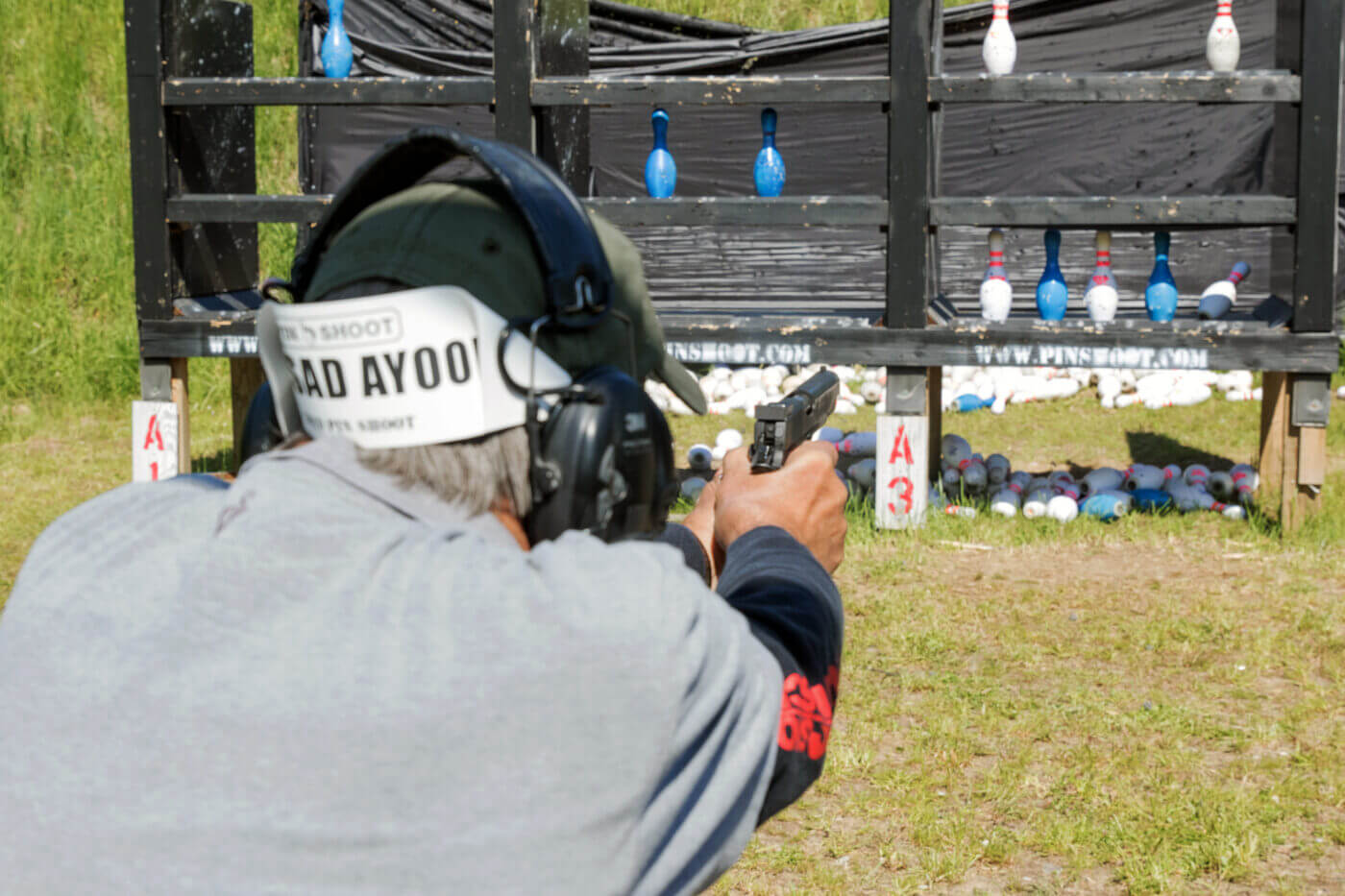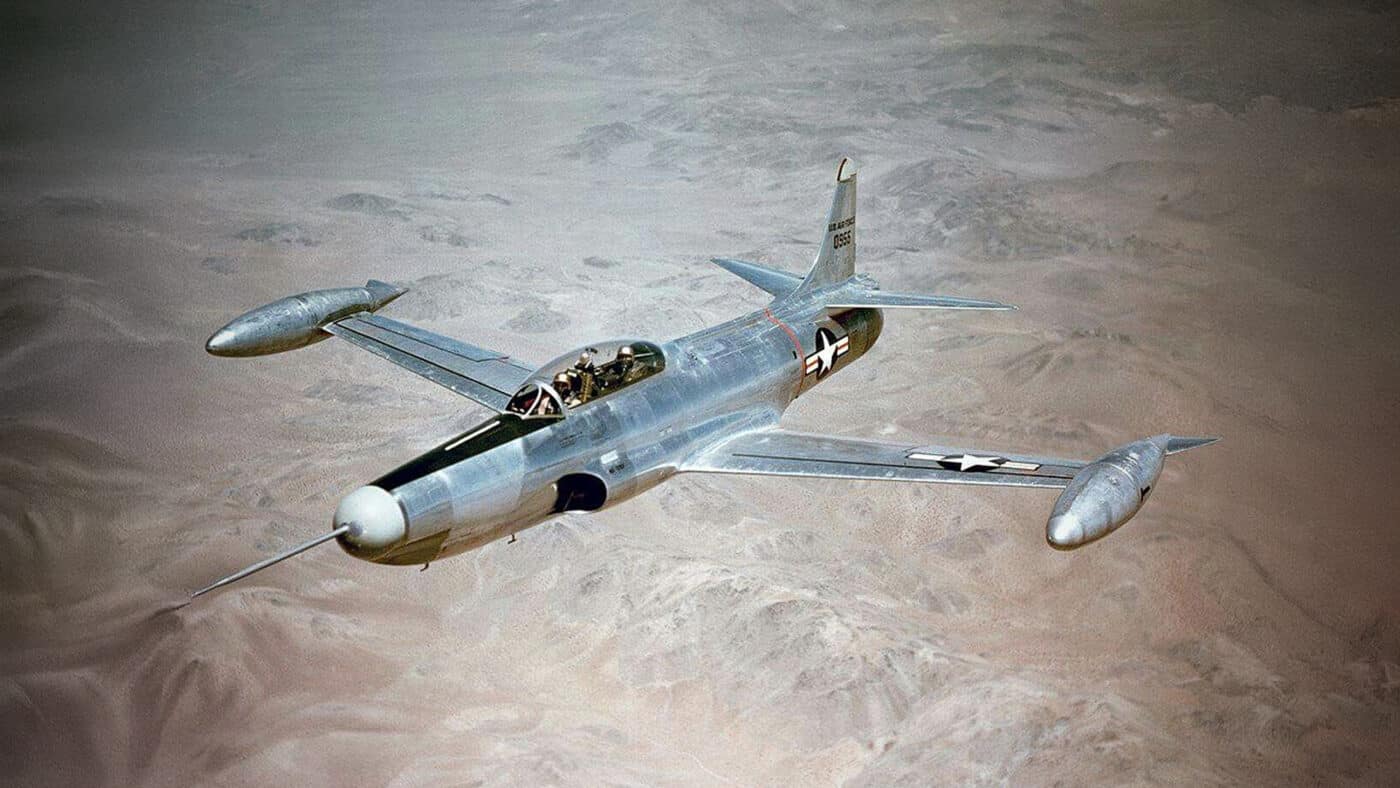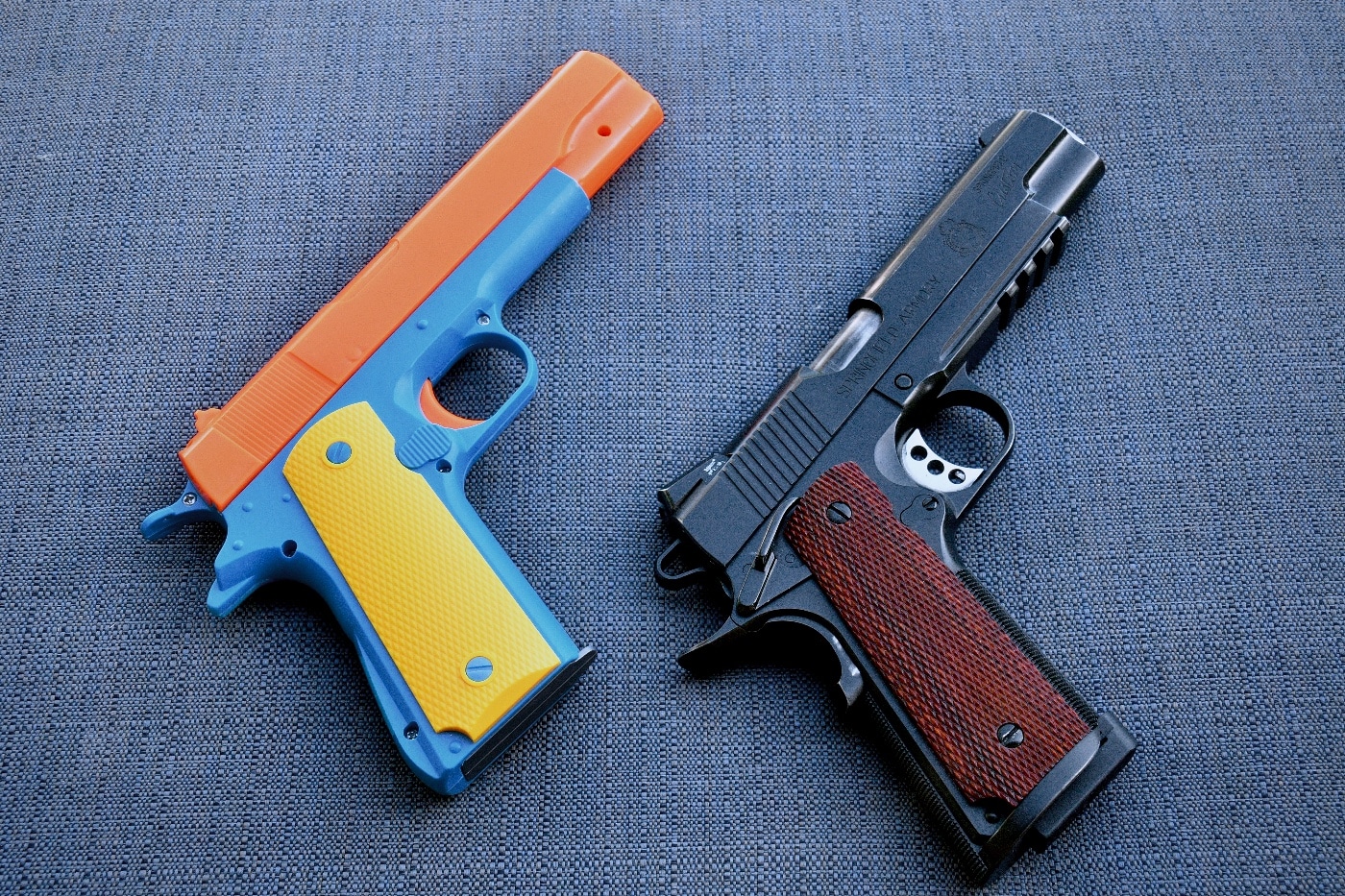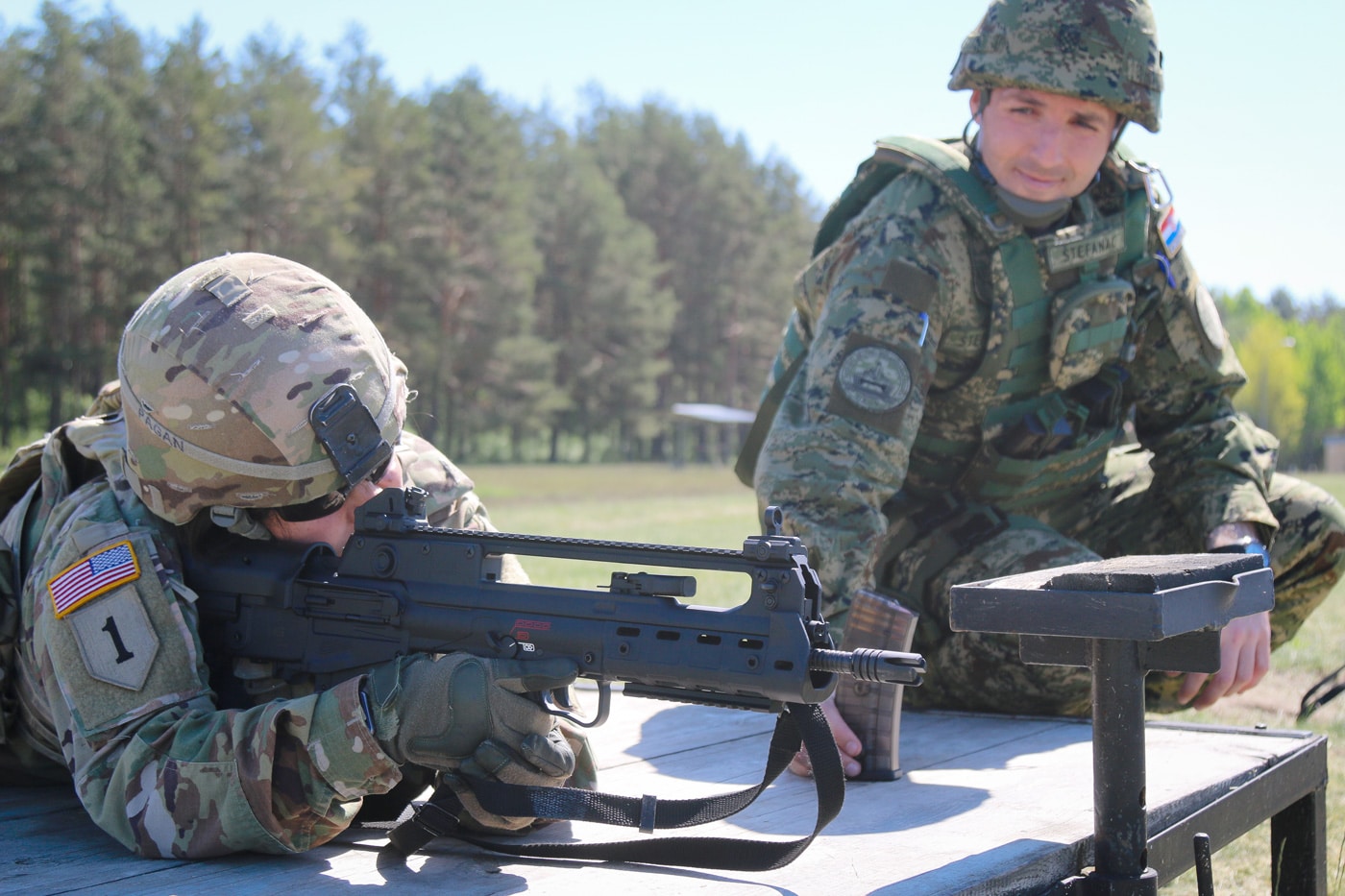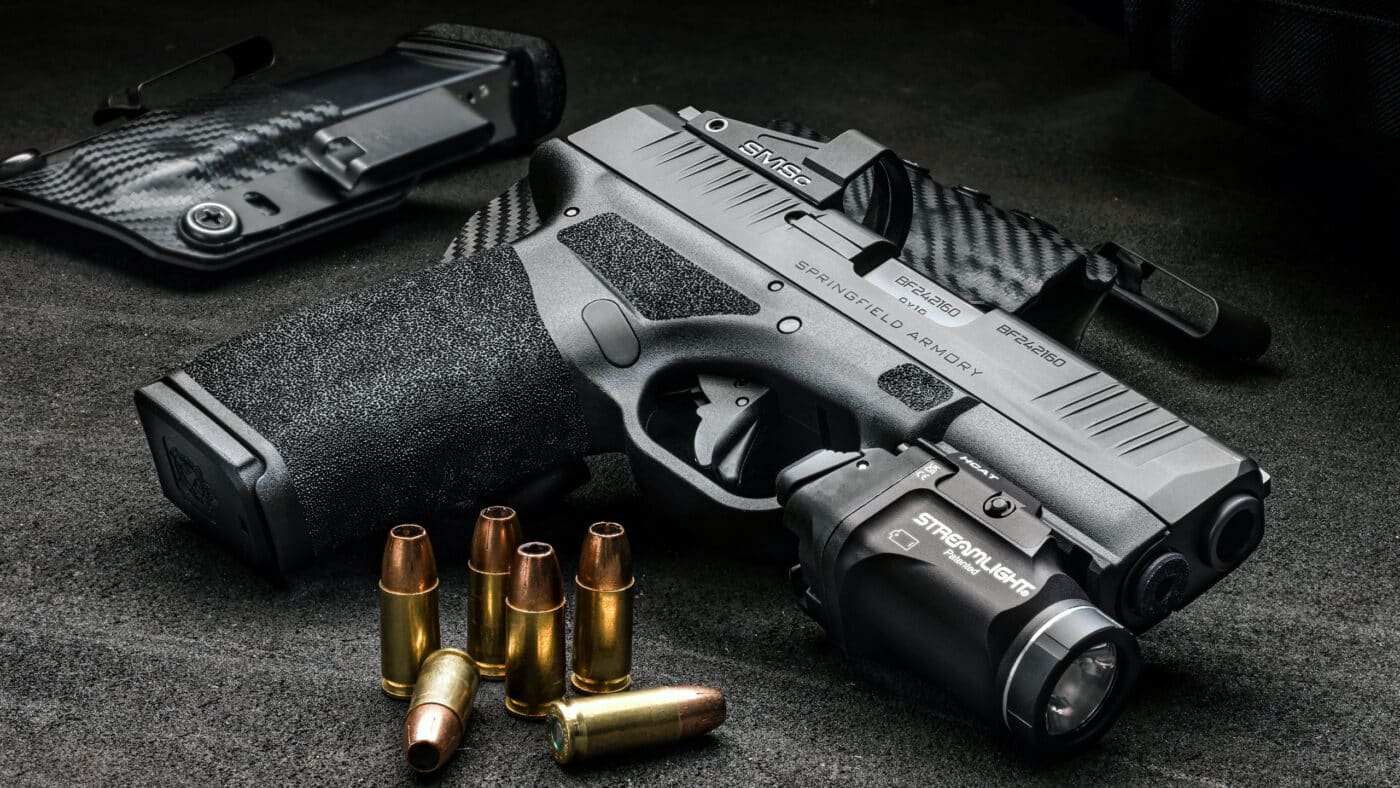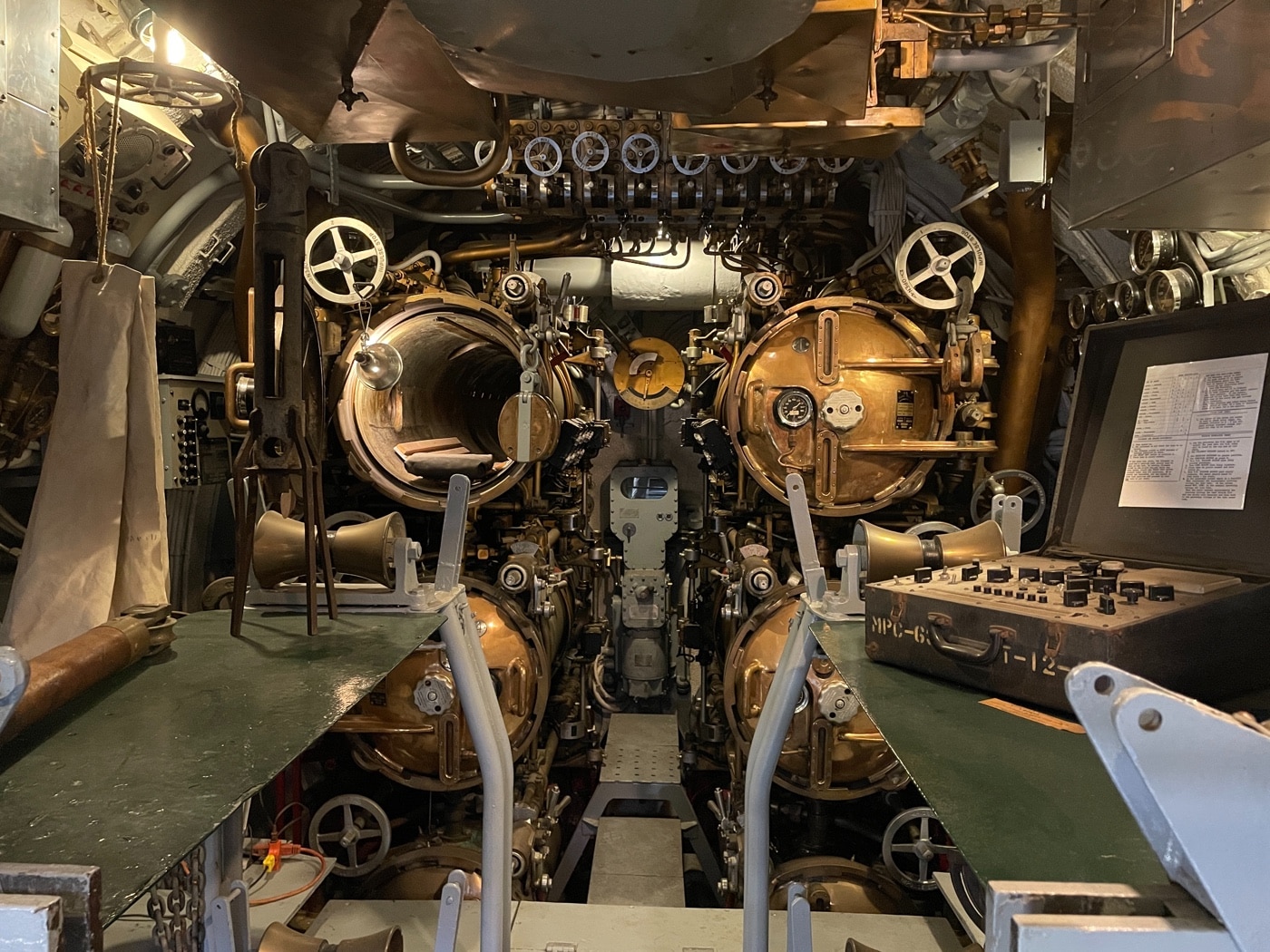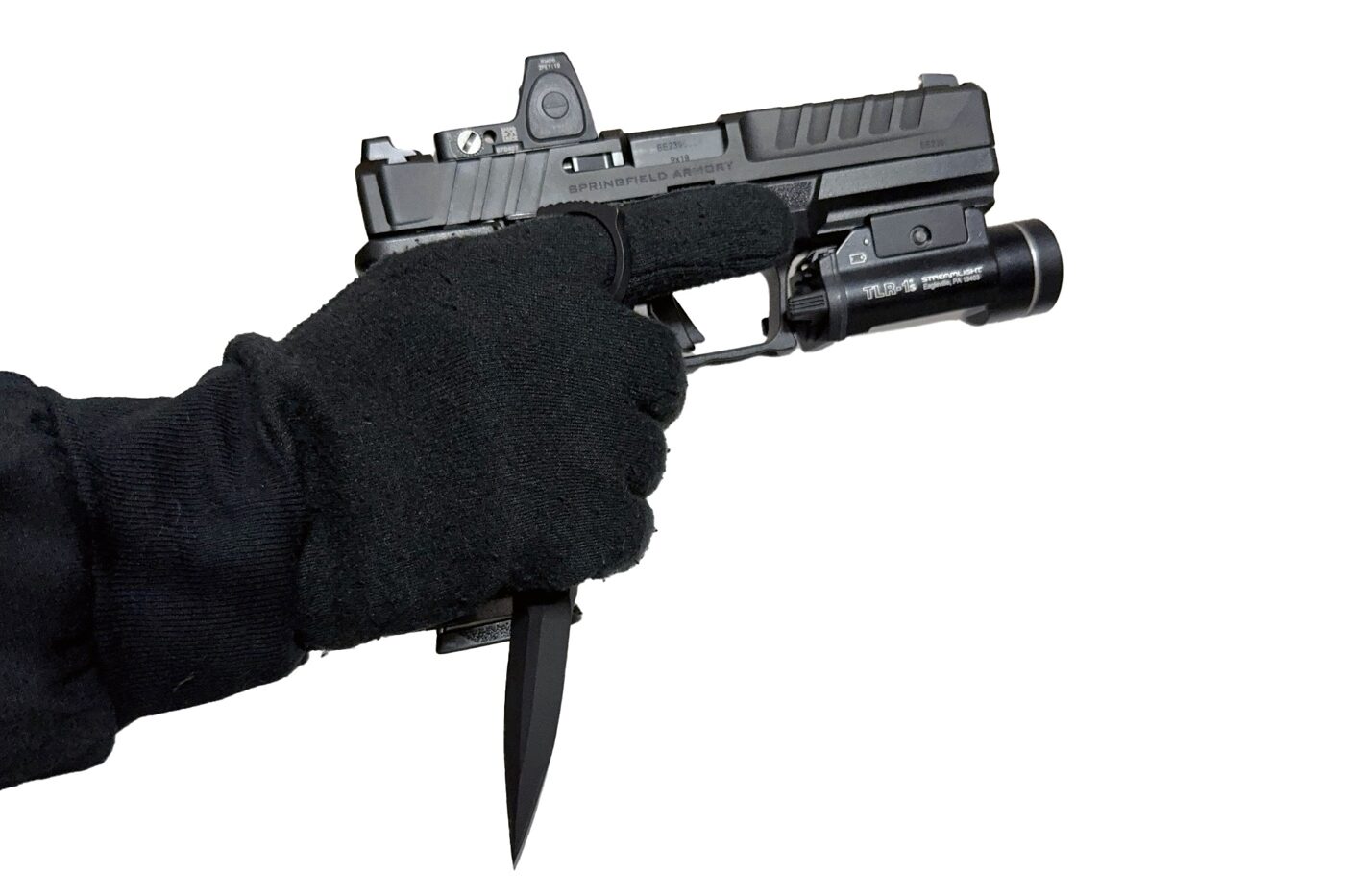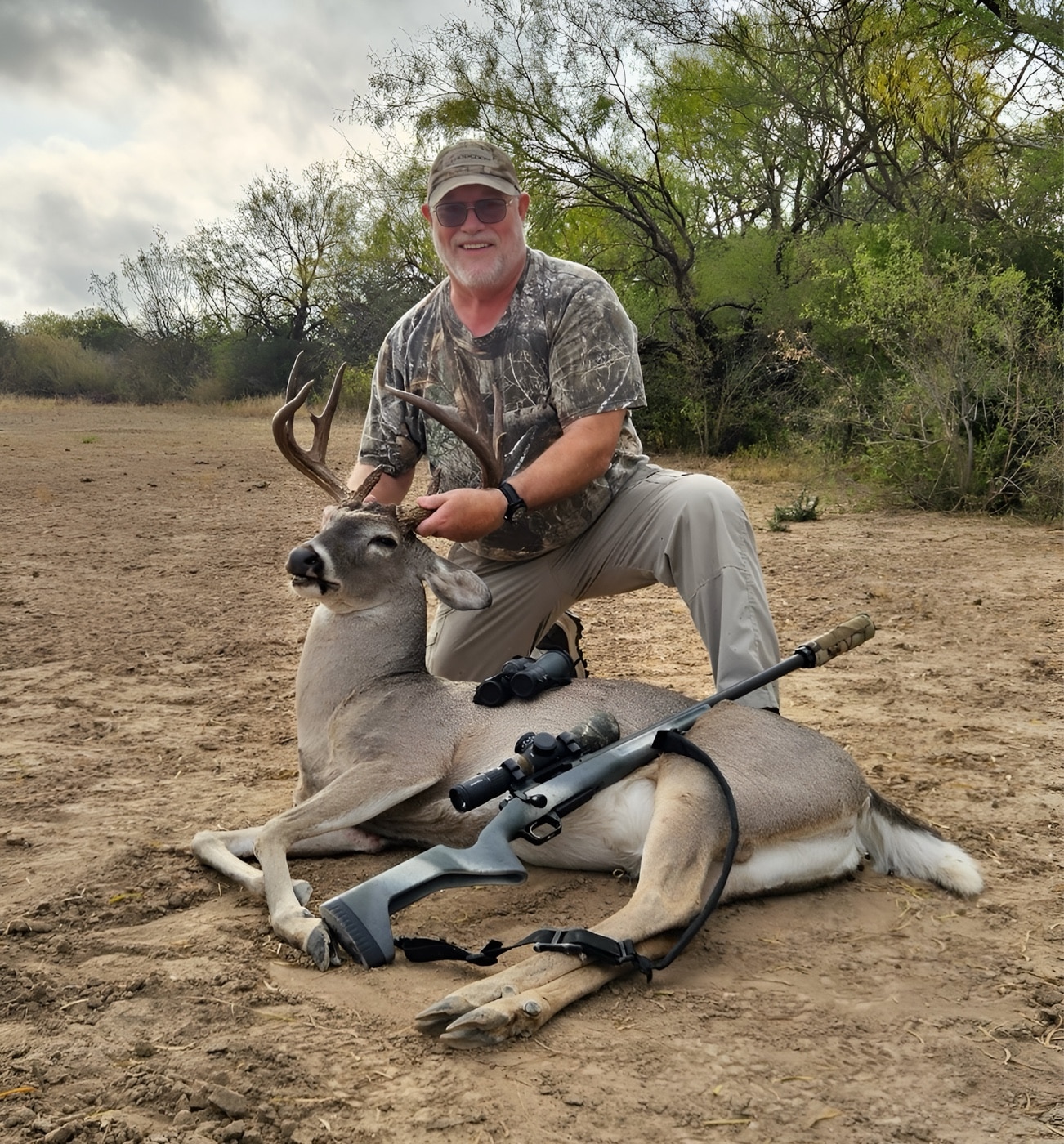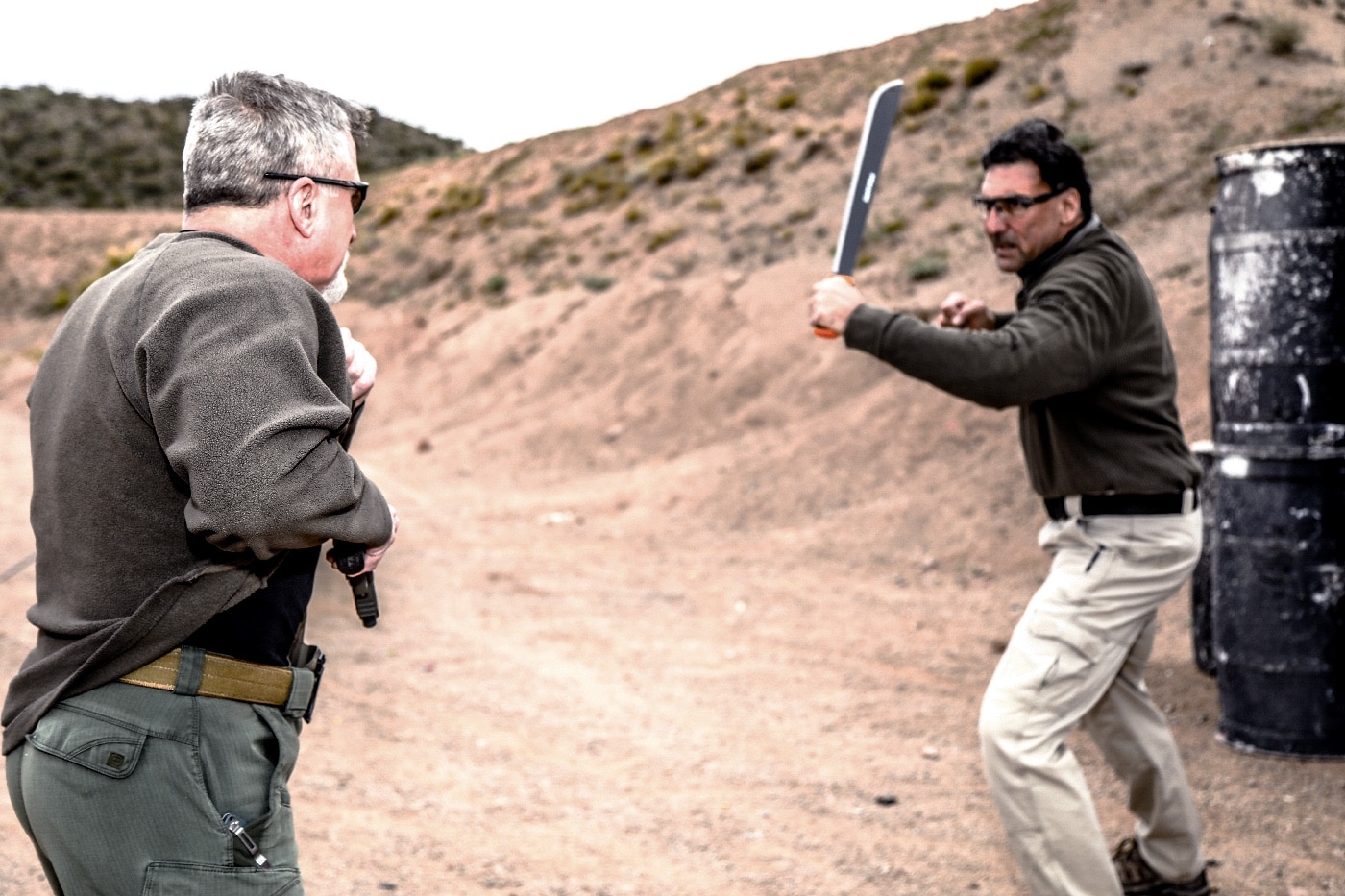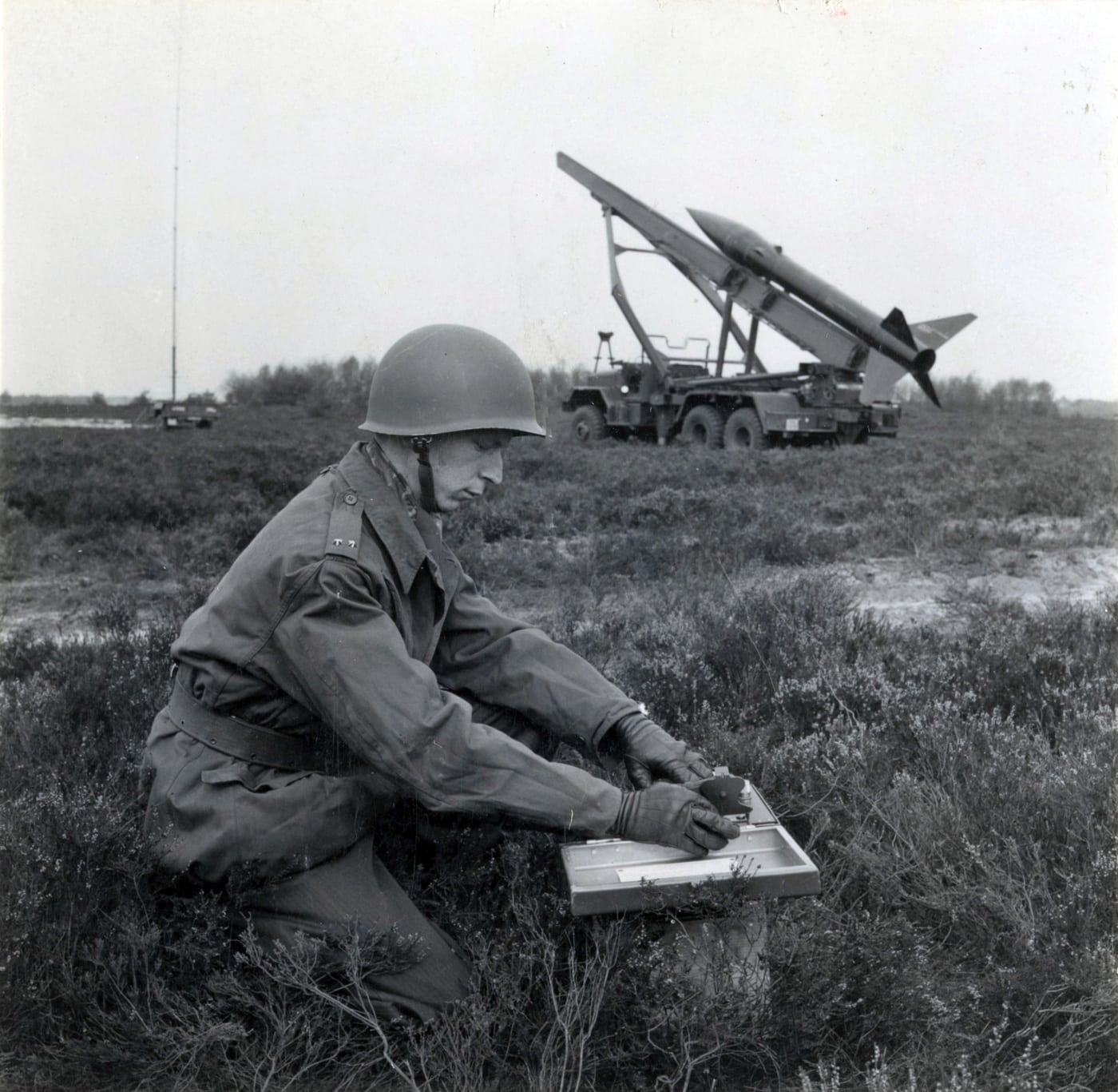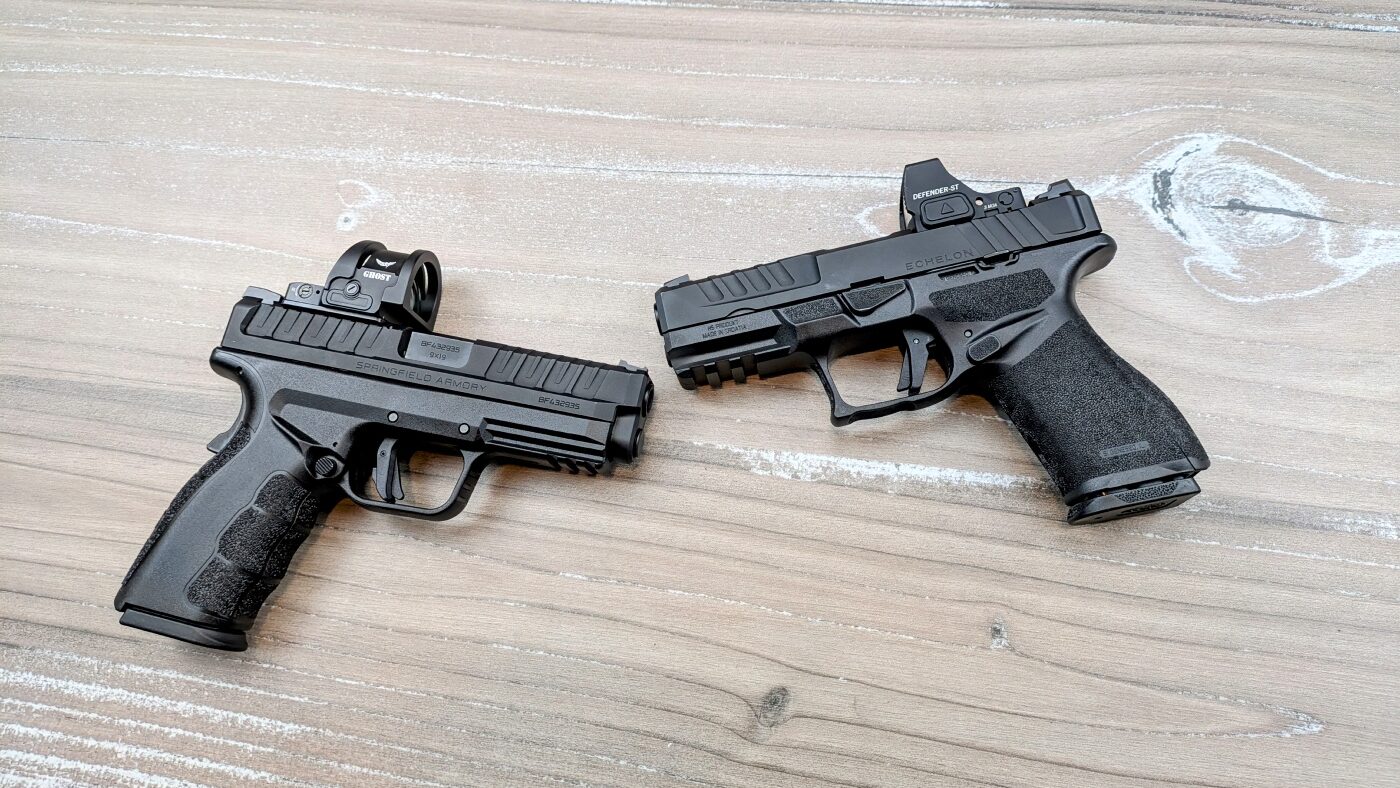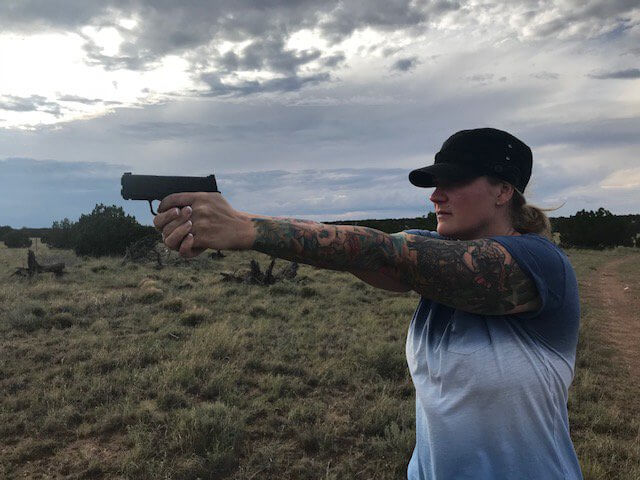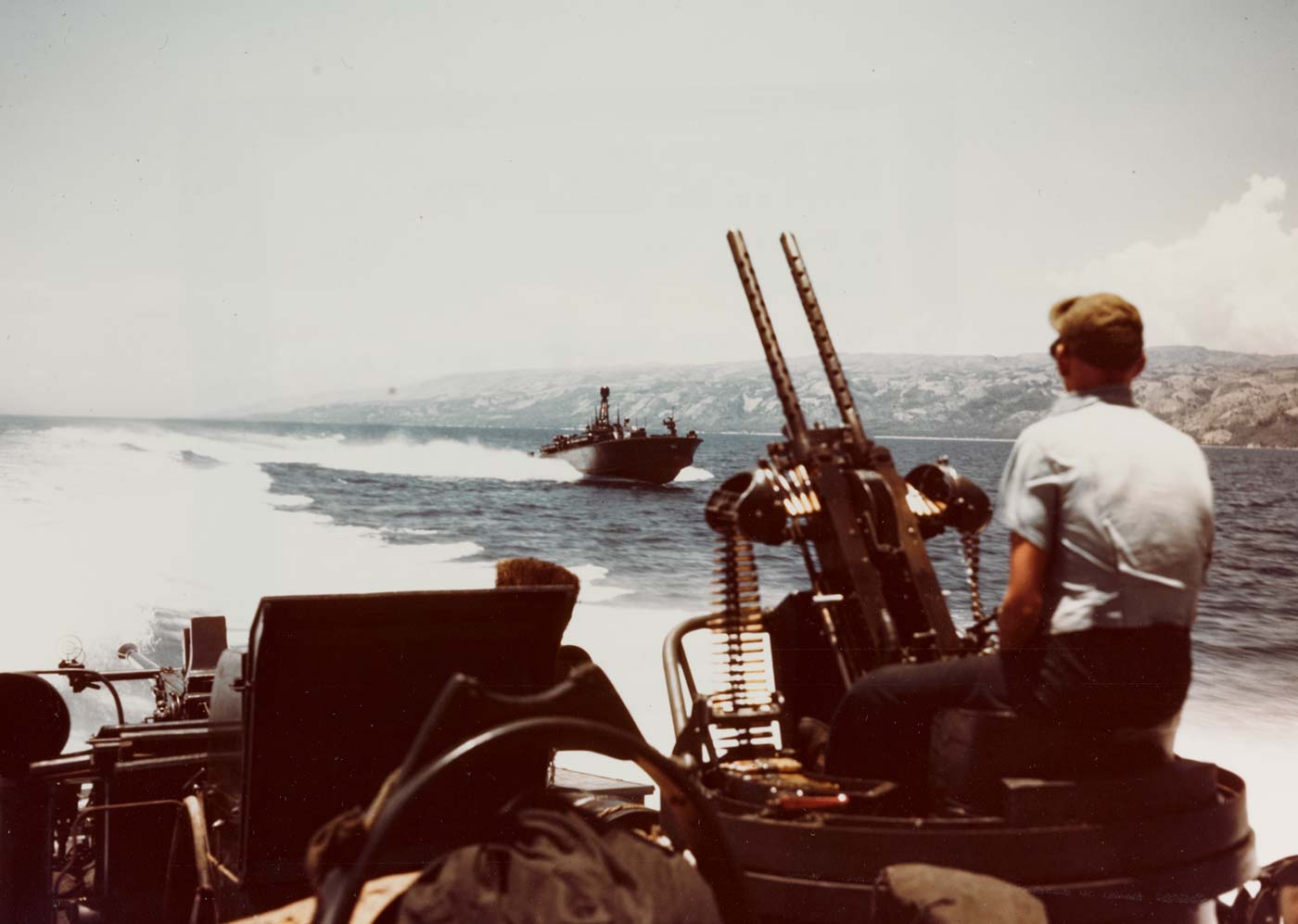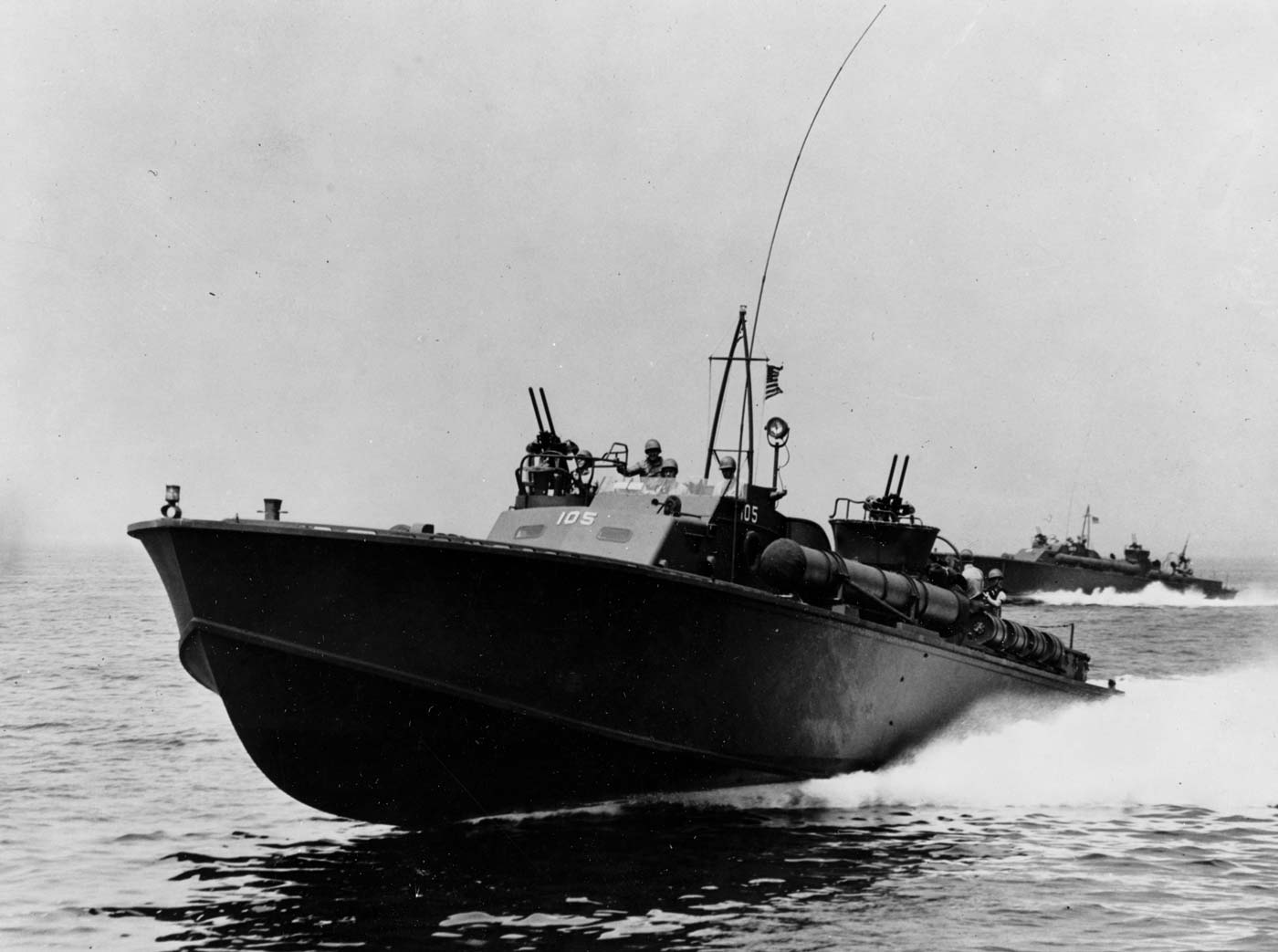The Messerschmitt Me 262, nicknamed the Schwalbe, was the world's first operational jet fighter, designed to defend Nazi Germany during World War II. Although the British Gloster Meteor was also operational by the end of the war, the Me 262 was the only jet fighter to engage in air-to-air combat in the conflict. With a top speed exceeding the P-51 Mustang's by 100 mph, the Me 262 was a formidable challenge for Allied aircraft, being both faster and more heavily armed than its contemporaries.
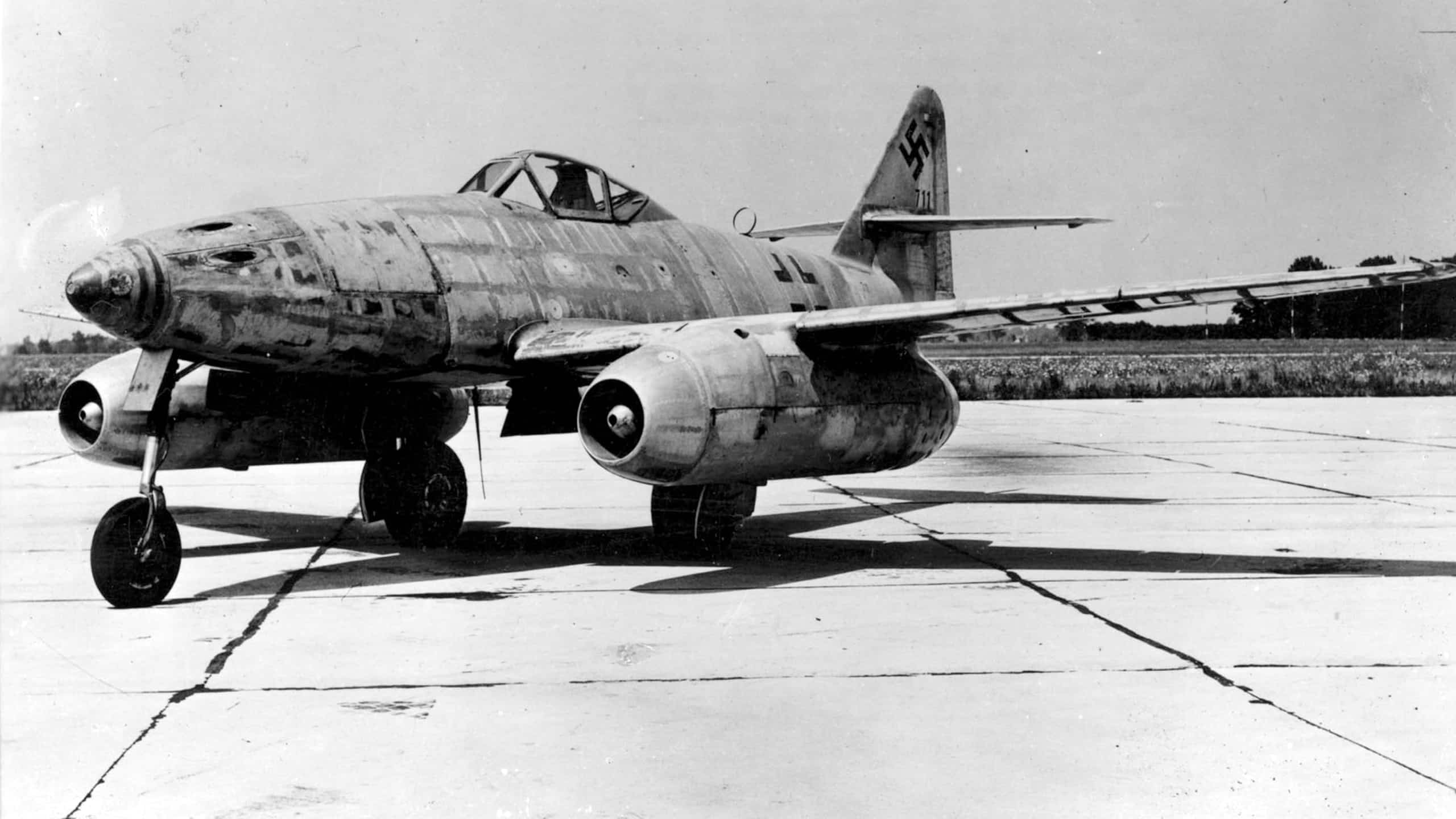
Designed initially in 1939 as Project 1065, the Messerschmitt Me 262 faced various developmental challenges, including interference from Luftwaffe Chief Hermann Goering, who prioritized piston engines. The aircraft had a tricycle landing gear design and underwent several modifications before entering production in 1944. Despite its advanced technology, issues like low accuracy of its MK 108 30mm cannons and production delays hampered its effectiveness. With only a limited number in service, the Me 262 destroyed 542 enemy aircraft before the war ended.
Despite its late introduction and technical challenges, the Me 262 significantly impacted post-war aircraft designs, influencing models like the MiG-15 and the F-86 Sabre. Only about 300 of the 1,400 produced saw combat due to issues with fuel shortages and a lack of trained pilots. Nonetheless, this jet fighter remains an iconic symbol of Germany's advanced wartime technology. For more details, read the full article: Messerschmitt Me 262: Last Hope of the Luftwaffe? - The Armory Life
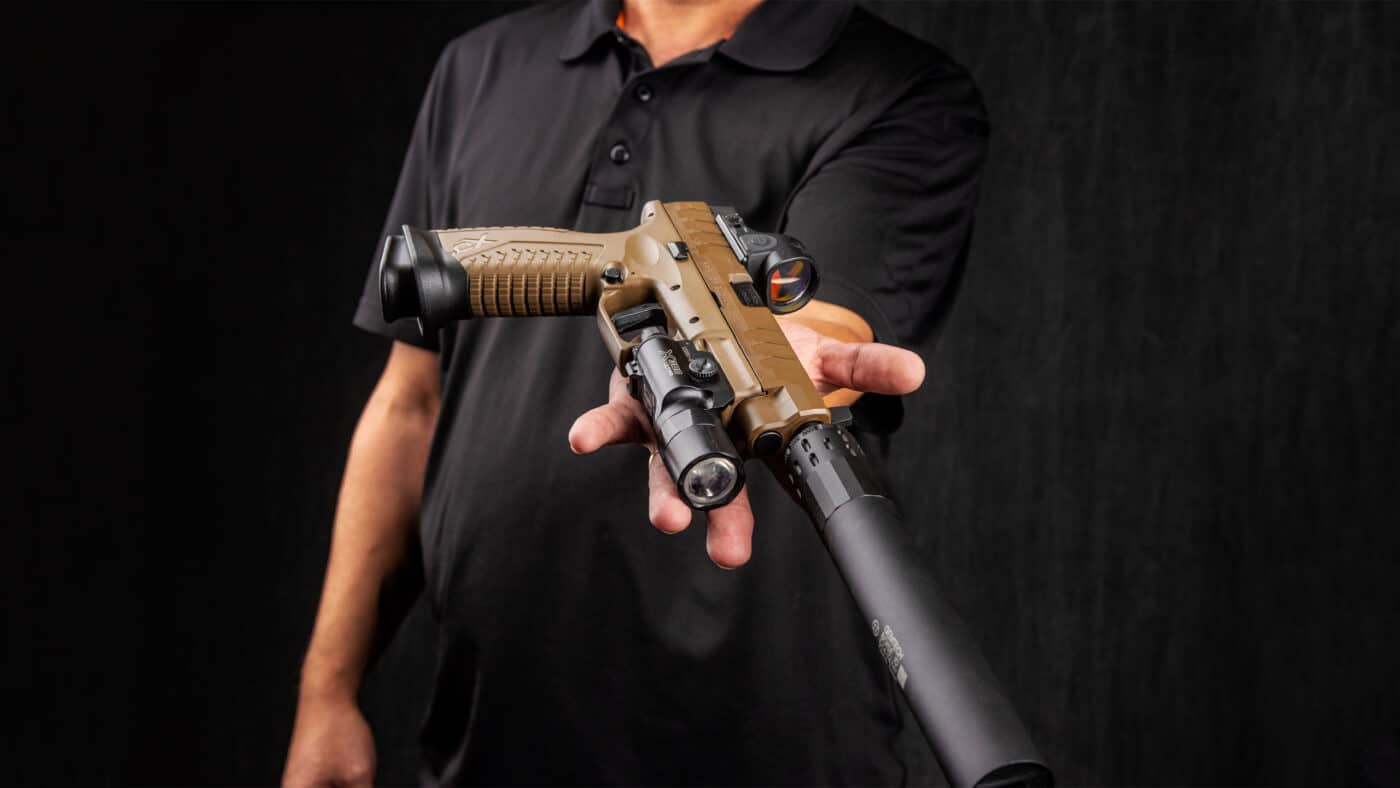
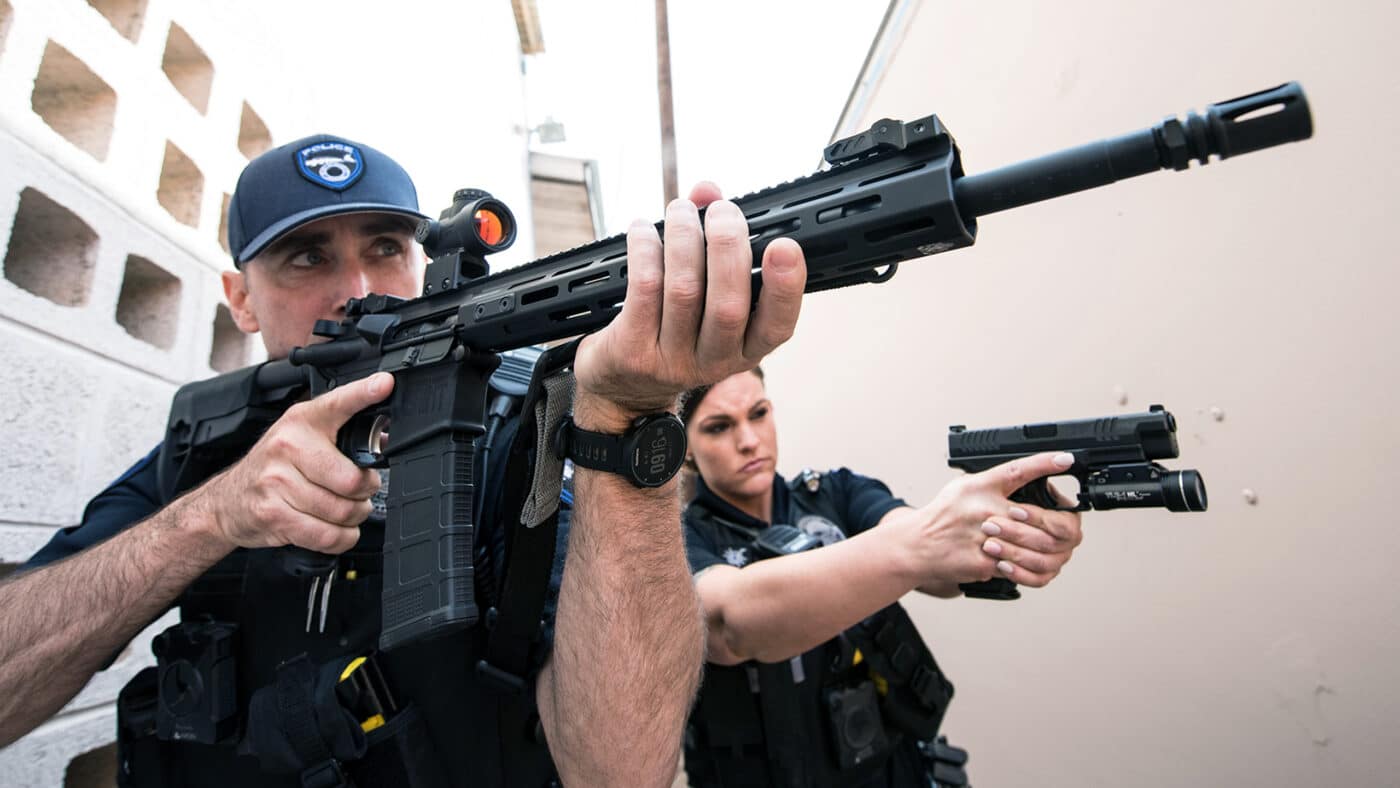

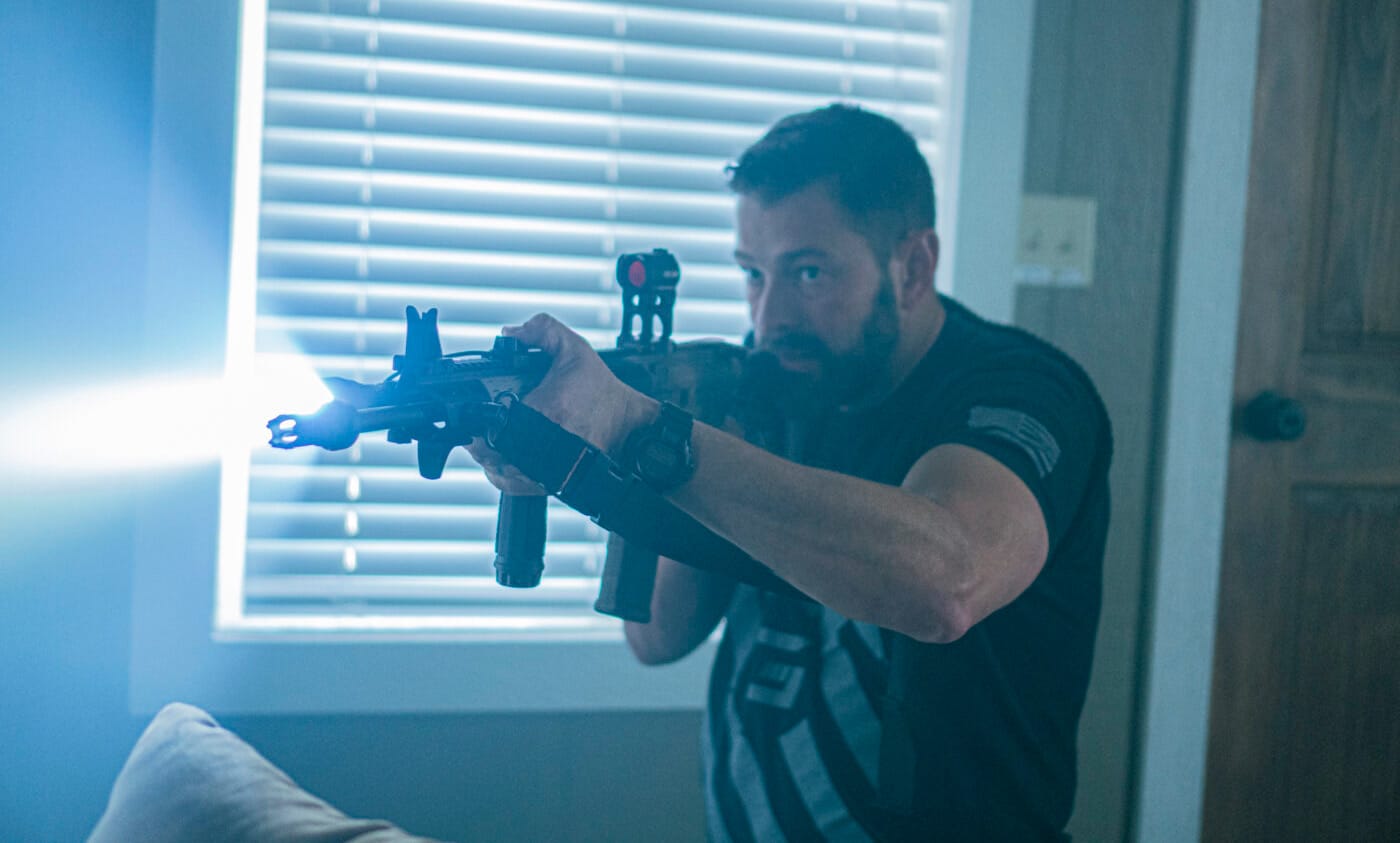
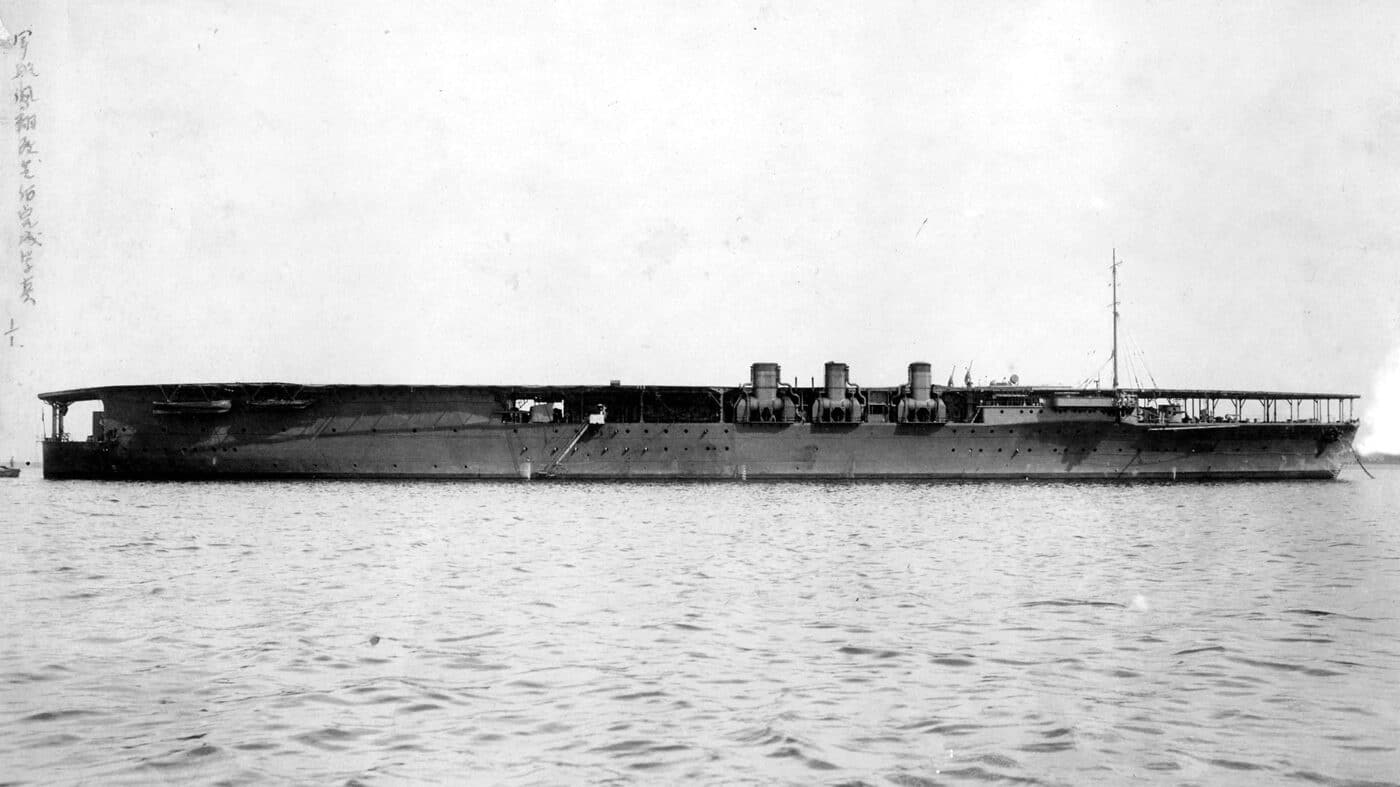
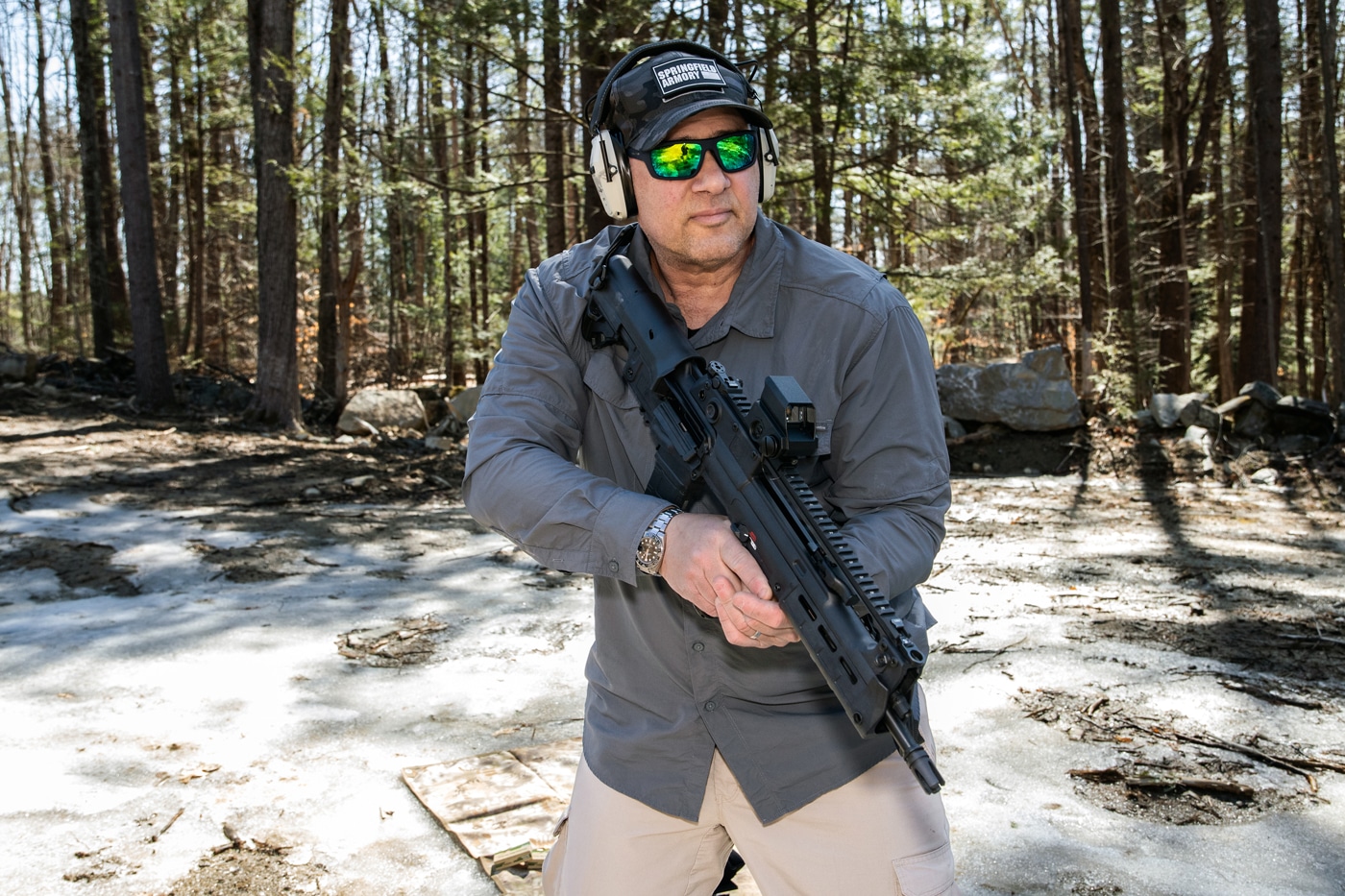
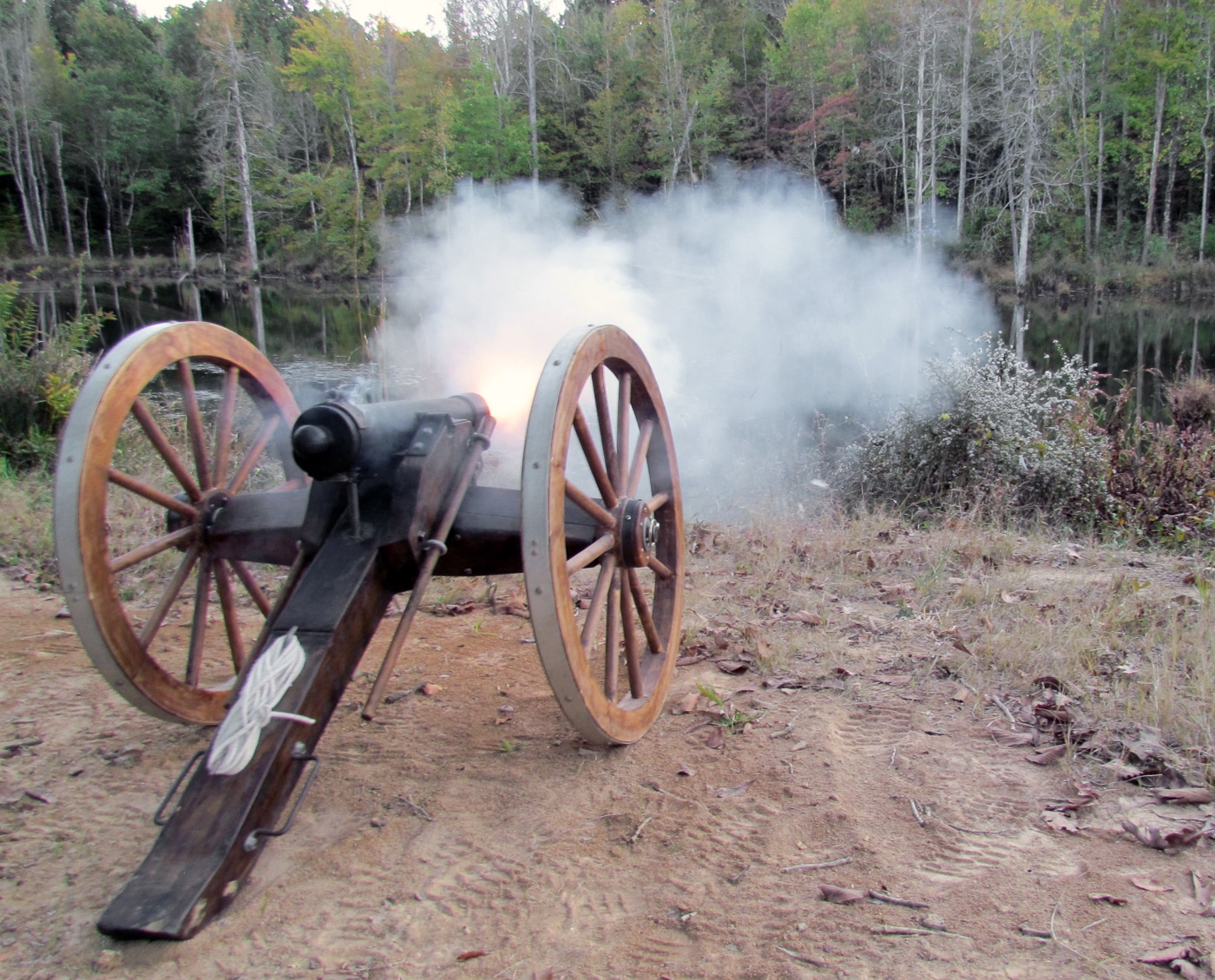
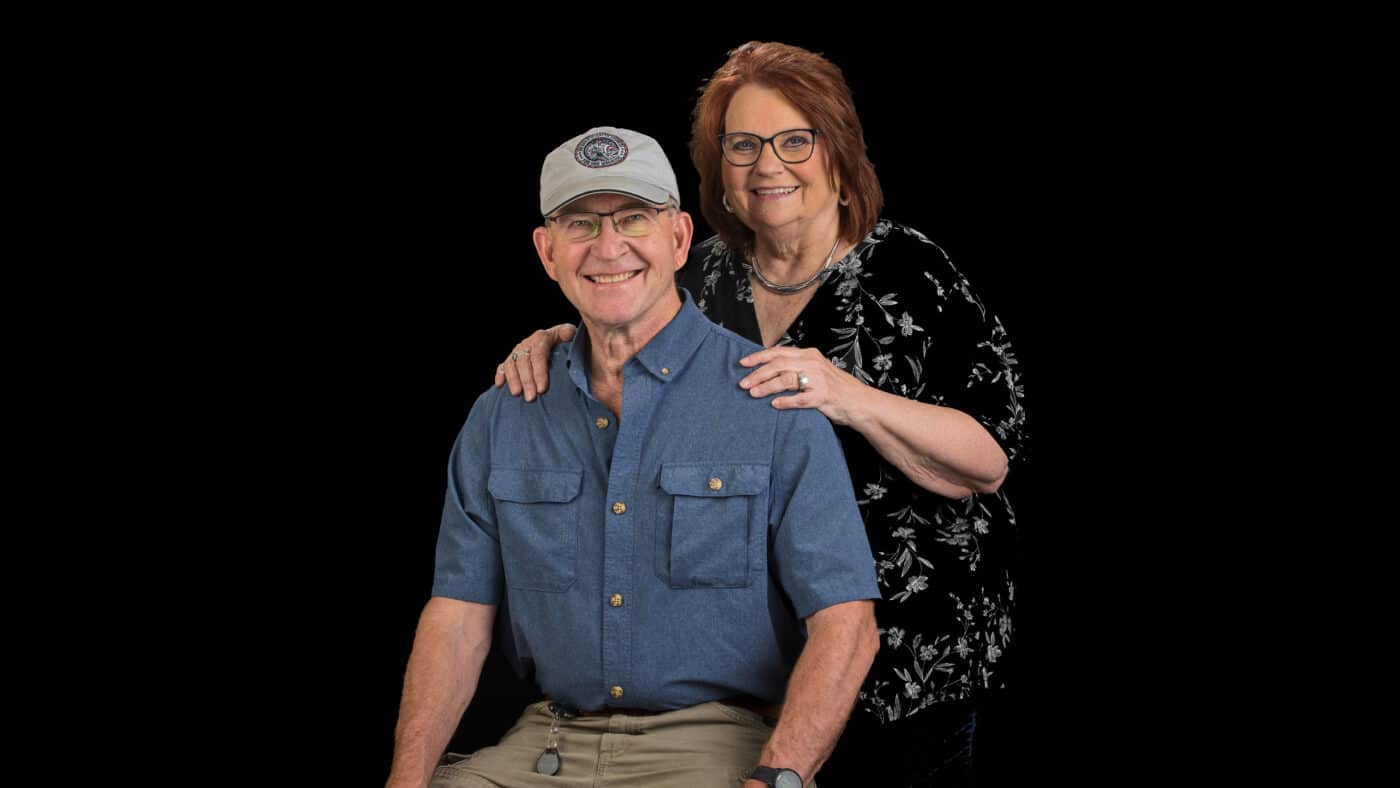
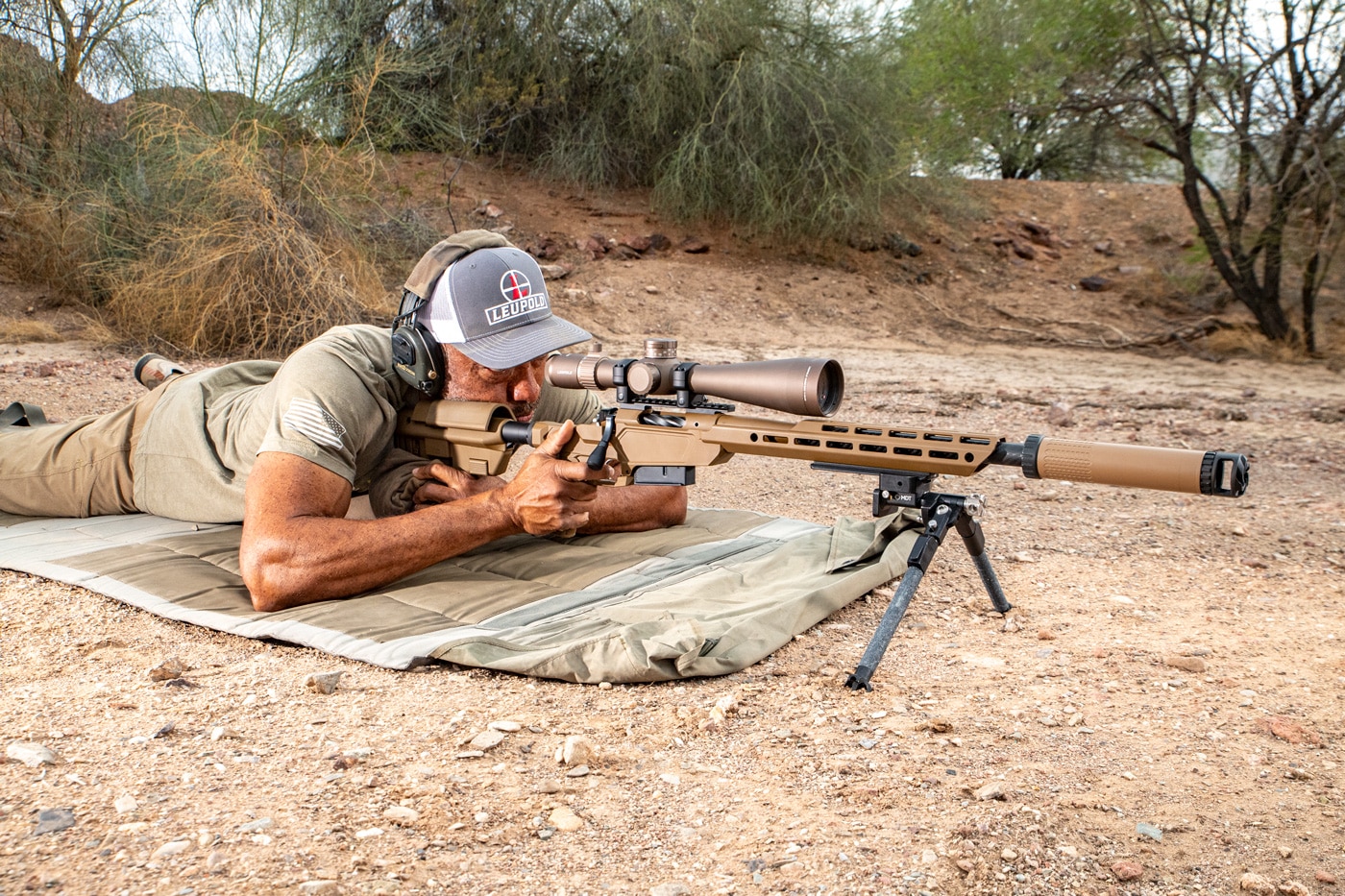 The heatseeker’s design aims to meet high standards of both form and function, especially for precision shooters and hunters. Weighing at just 7 pounds, 7 ounces, the rifle’s lightness is attributed to the carbon fiber barrel coupled with the Heatseeker chassis made from 6061 T-6 billet aluminum. Versatility is a key theme; the rifle can be set up for different uses with features like M-Lok slots for attachments, or the ability to use the chassis’ buffer tube for AR stock compatibility. With various accessories weighing it in at 13.1 pounds, its modular design allows further customization with ease, whether for adding weight to stabilize shooting or reducing weight for endurance events.
The heatseeker’s design aims to meet high standards of both form and function, especially for precision shooters and hunters. Weighing at just 7 pounds, 7 ounces, the rifle’s lightness is attributed to the carbon fiber barrel coupled with the Heatseeker chassis made from 6061 T-6 billet aluminum. Versatility is a key theme; the rifle can be set up for different uses with features like M-Lok slots for attachments, or the ability to use the chassis’ buffer tube for AR stock compatibility. With various accessories weighing it in at 13.1 pounds, its modular design allows further customization with ease, whether for adding weight to stabilize shooting or reducing weight for endurance events.